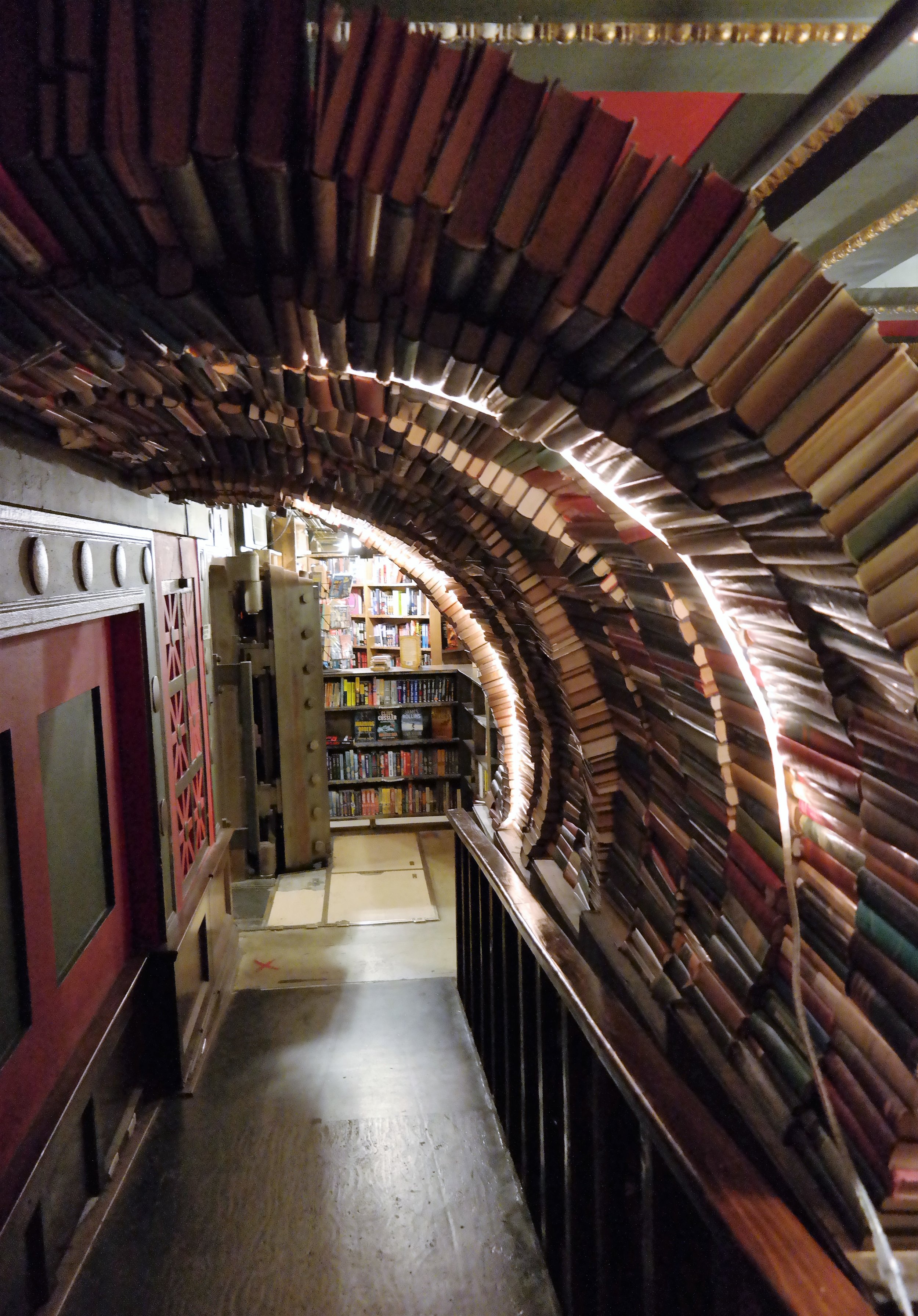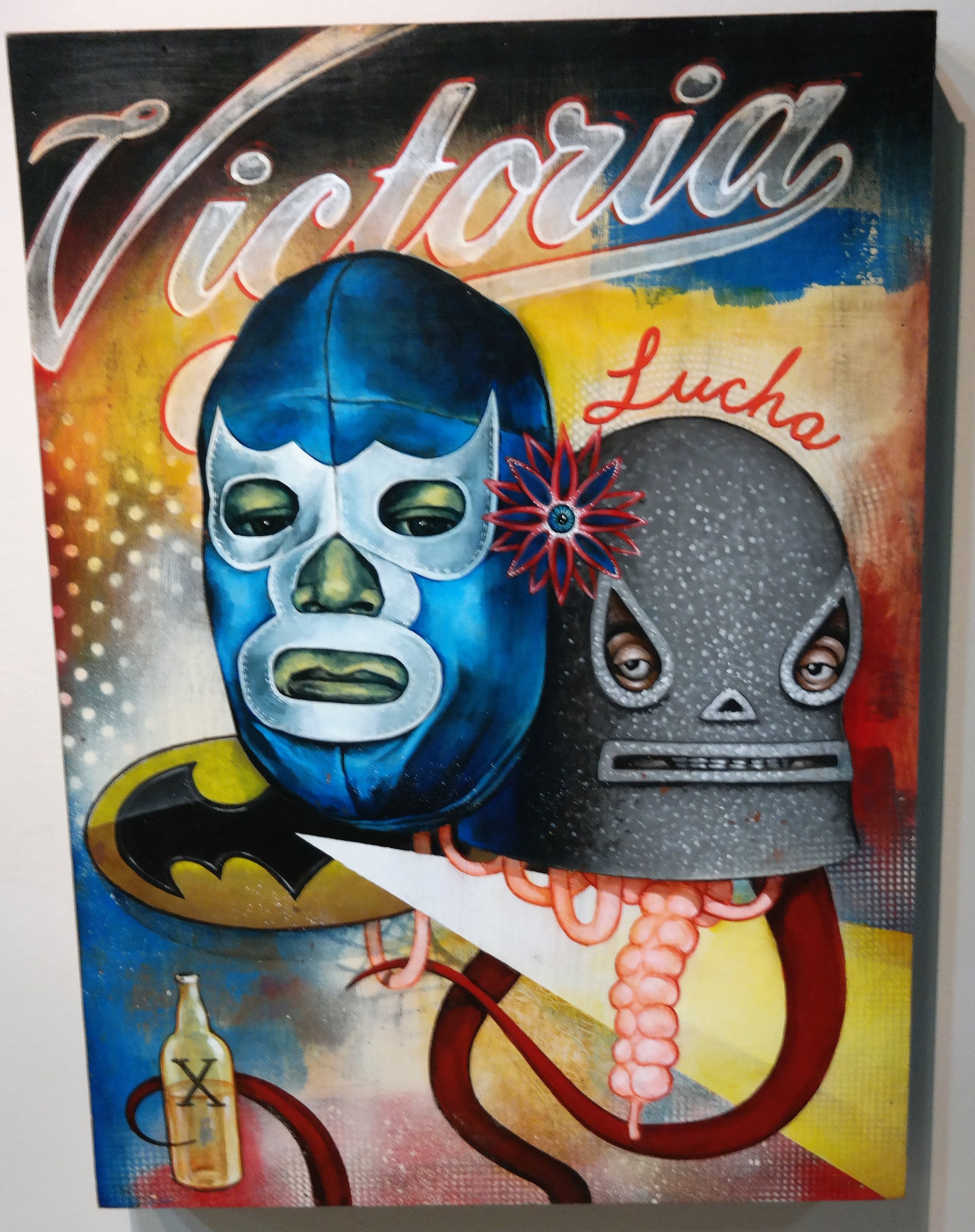Copic markers have quickly become one of my favorite materials to use. In this post, I will be focusing on the Copic Sketch line and will try to be as honest as possible.
So lets get started!
First of all, Copics are expensive. At an art store, an individual marker can retail around $7-$9 but you can find them way cheaper online for around $4.50 each. So consider them an investment. There are 358 colors available in the line which includes, 12 color families, four gray families, two shades of black and a blender marker (see Exhibit 1). I would suggest purchasing the 72 piece sets first to save money per marker.
Exhibit 1: Copic Color Chart courtesy of Imagination International Inc.
Exhibit 2
The color families may seem like gibberish when you first glance at it but this is a life-saver (see Exhibit 2)! I printed out the blank chart and as I accumulated more and more markers I would shade their respective boxes. The colors on your computer screen may differ slightly from what you own so this way you know the true color.
Exhibit 3: Blending example
Since Copics are alcohol based markers, this makes them blend beautifully but you can't expect any color combo to work . The most seamless gradient can be achieved by two methods. The first method is pretty straightforward. Let's use the color family or Broad Classification of 'B' as an example which consists of true blue colors (see Exhibit 3). The next identifier after the color family is the blending group (intermediate classification) and are considered the most ideal for blending together. Within that color family you can start coloring from light to dark which is shown by the third identifier, the specific value/brightness. The lower the number, the lighter it is.
The second way to have a beautiful gradient is by using the color's respective shades of gray. I would suggest using the warm grays for warm colors (red, yellow, etc.) and the cool grays for the cool colors (blue, purple, etc.) In my blending example, I matched B12 with shades of cool gray. Just using one color and only blending with grays in the same color family will make a huge difference!
While using Copics, you have to consider what you will be using them for. I've seen comic book artists, architects, interior designers and more using these materials. If you lean toward portraiture, I would get the shades that work well for skin tones along with some of the warm and cool gray tones. It wouldn't make sense to get colors like a neon pink if you were drawing a person right?
As a personal preference, I rarely ever use the black shades or the blender marker. Instead of use black markers, I would rather use shades of gray to deepen the color I'm working with. I believe that this technique provides more depth and doesn't leave the drawing looking so flat. The blender marker can be used for some cool effects and some subtle clean up, but I'm not too keen on using it. Contrary to its name, I think that the blender just pushes around the alcohol in the markers and leaves a weird oily effect. But if you are interested in how to use the blender marker, there are plenty of other great resources out there!
Essentially, you just need to play around. If you want to dip your toes in, get a blending trio pack sold by Copic and try some of the methods I shared. Remember that you only learn by doing. When I first started using Copics, I got very frustrated because I wasn't familiar with the medium. I kept on experimenting and made the material my own.
I hope you enjoyed this quickie intro to Copic Sketch markers. I plan on elaborating further with future blog posts. Have fun!





















